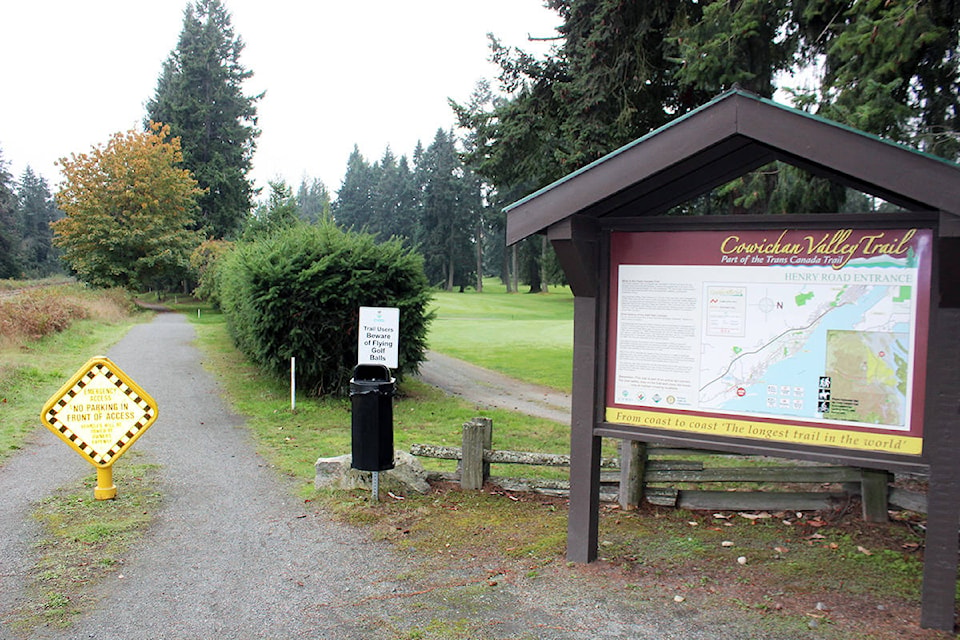If you thought it rained a lot more than usual during September, you’d be absolutely correct.
Statistics compiled for Environment Canada by Chris Carss at his Chemainus home verified that fact very clearly.
The normal amount of rainfall during the month in the Chemainus Valley is 40.8 millimetres. But we got doused with more than twice that total this year with 87.9 mm.
As a result, the number of days with sunshine or partly sunny conditions was also substantially lower with just seven compared to the normal of 18. Of those 23 mostly cloudy days, we had rainfall on 17 of them. The normal number of days with rain is just nine.
“So far, the official seasonal temperature outlook for fall has bombed on the West Coast,” noted Carss. “All the indications had been for the summer weather to continue until the end of September and maybe even into early October. However, that all officially ended Sept. 16 when the daily afternoon temperatures dropped into the mid- to upper teens, turning the summer showers into fall showers exactly a week before that other “official” fall startup called the equinox.
“After that, the Chemainus Valley was allowed just one partial day of Indian summer on the 26th when the temperature struggled to barely 20 Celsius by noon, only to be cut off abruptly in the early afternoon by a cold front that dropped us back to 16 C by 3 p.m.”
The mean maximum temperature for September was 19.1 C, down a degree from the normal of 20.1. The mean minimum of 12.5 C was more than a degree above the normal of 11.4 C, however.
The extreme maximum temperature of 26.5 C occurred on Sept 5. The end of the month on Sept. 30 produced the extreme minimum of 6 C.
“With this early arrival of the fall weather, the dry spell originally anticipated for the second half of September also collapsed into a regime of showers and almost no sunshine,” added Carss. ” The daytime temperatures for September averaged a full degree below normal which was just enough to keep us below the summer threshold of 20C for most of the month. Overnight temperatures were a little above normal, due to the heavy cloud cover that suppressed our daytime temperatures, turning into a thermal blanket after sunset.”
The cool wet weather of September has continued into October, the month that traditionally marks the transition into the wet season.
“Current long range outlooks indicate a return to dry weather from the middle of October until the last couple of days of the month that may see a return of some rainshower activity,” pointed out Carss. “However I pass this on with the caveat that we had a similar outlook for the middle of last month, and we all know how that turned out. The best we can hope for is that the outlook will work out better this time and the temperature regime that kept September below normal will translate into normal values for the cooler month of October.”
With the benefit of some 20/20 hindsight, none of this should comes as a surprise, according to Carss.
“Our meteorological summers have been starting and ending earlier than usual for at least the past five years,” he indicated. “September in the Chemainus Valley used to be a late summer month, but for now, seems to have changed into an early fall month. The good news for those who like long summers is that May and June seem to have changed from late spring months into summer months, at least for now. So on average, with global warming, our summer weather has seen a net increase in duration from three months to four. So far, a five-month summer continues to elude us, but further global warming may make that a reality sooner than we think.”
